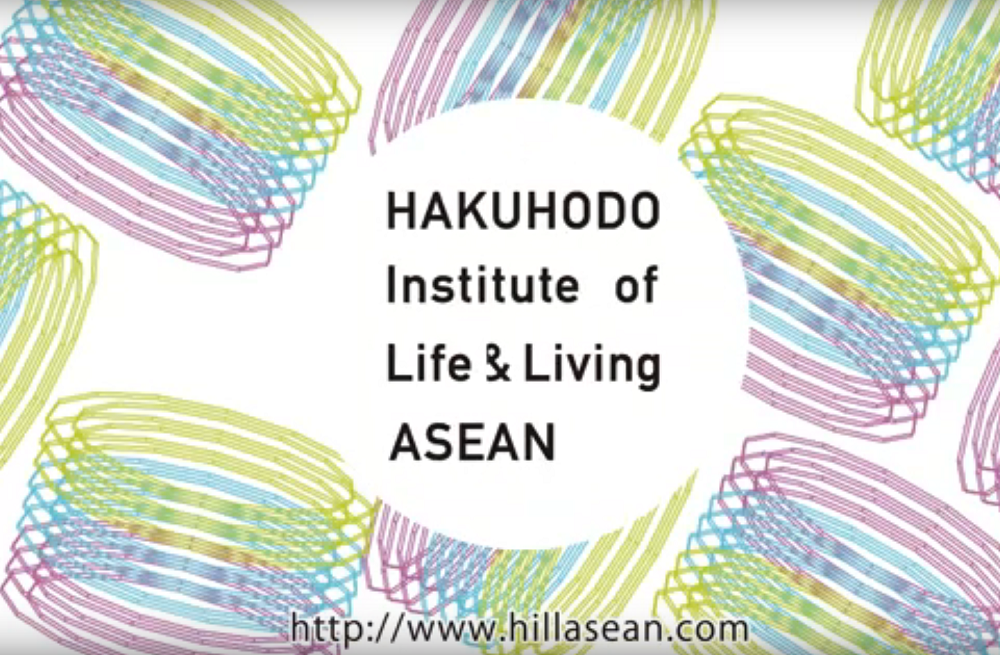- Reportage
- HILL
Source: adobo magazine
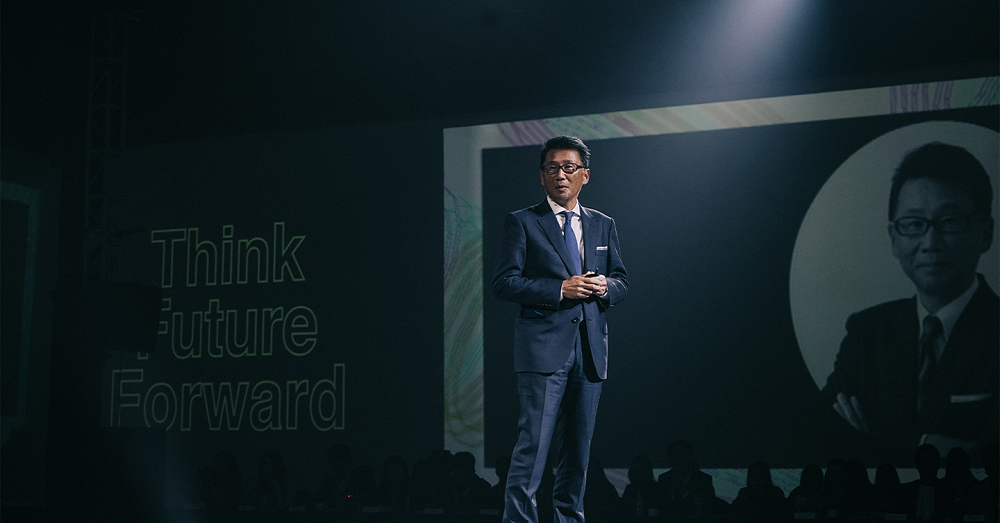
Lives are made easier because of technology: People can simply order the things they need from the safety of their homes; people can check on their homes even when they’re away simply through an app; and people no longer need to exert much effort on simple tasks because digital assistants like Siri or Alexa can help.
This is the change that the Hakuhodo Institute of Life and Living ASEAN (HILL ASEAN) is preparing for. Every year, HILL ASEAN, also known as the creative agency’s think tank, has forums all over Southeast Asia to talk about their latest research on ASEAN sei-katsu-sha, a Japanese term that refers to the human being as a whole rather than a consumer. They have tackled topics like gender, family, and the generation gap, and they have successfully shared their findings in these forums in the past.

For 2019, HILL ASEAN delves deeper into what’s in store for us in the future. More specifically, how Artificial Intelligence (AI) or Assistive Media will affect our lives and the brands around us. Prominent figures from Hakuhodo gathered round in the Philippines to deliver what came out of the research: Hakuhodo International President Nobuaki Kondo, Hakuhodo International Philippines Director Tatsuro Osuga, IdeasXMachina CEO and Founder Third Domingo, Hakuhodo BCI and eNAV Managing Director Gemma Alcantara, HILL ASEAN Institute Director Farhana Devi Attamimi, and HILL Researchers Jedd Ilagan and EJ Mangahas.
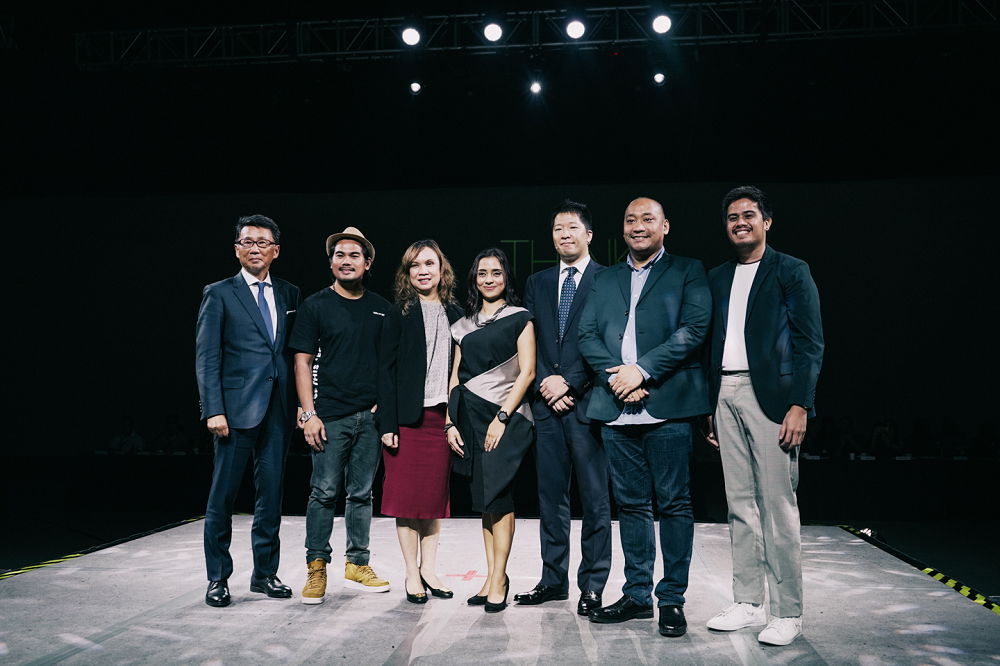
The forum, which was held last August 1, 2019 in the Philippines, was aptly named “THINK FUTURE-FORWARD: How ASEAN Lives Evolve as Technology Gets Smarter.”
Smartphones have completely changed the lives of the sei-katsu-sha but the change doesn’t stop there because an up and coming technology that is slowly taking over is the Internet of Things (IoT).
The IoT is the network of physical devices, appliances, and items that are embedded with software, electronics, and the like. These are then connected to the internet, so the sei-katsu-sha can control them from anywhere, at anytime by using a smartphone.
“Because of AI and IoT, all other devices are getting smarter and smarter. This will take us from on the screen to beyond the screen,” Attamimi said about the IoT during her talk.
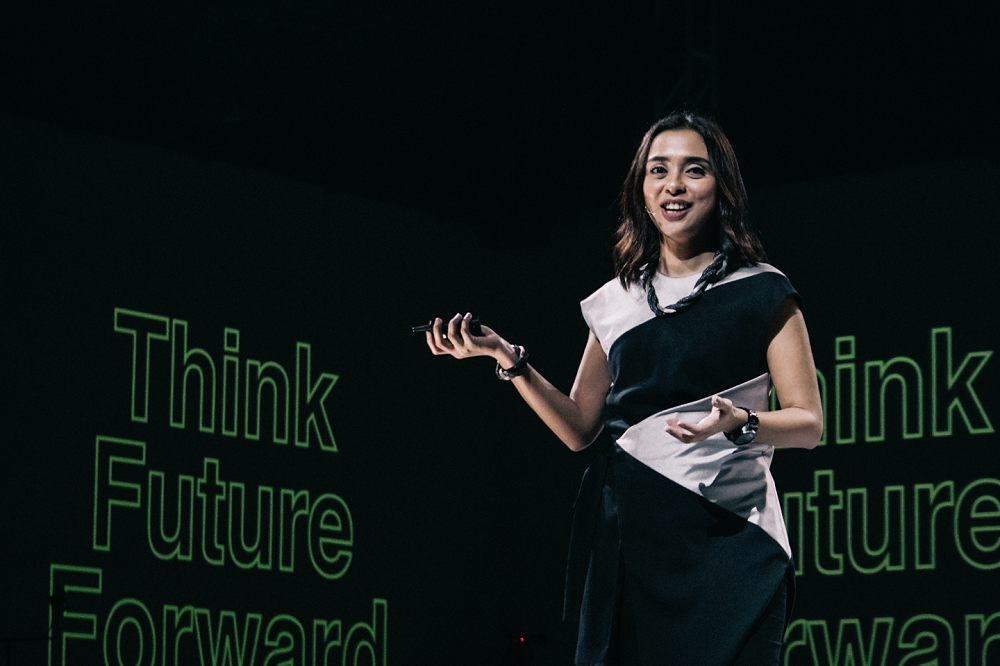
Since people are slowly building dependence on these smart items, they slowly store information about their users. This data, also known as the Me Data, tracks behavior, interests, health, and purchase history. Once these are compiled, the Me Data will provide the AI the information needed for it to predict and provide for the user as based on their routine. This is what they call Assistive Media.
Once Assistive Media takes over, we will rely on it to predict, provide, and even give recommendations about certain aspects of our lives. During the forum, Hakuhodo played a video showing just how helpful Assistive Media can be, and just how much impact it will have on brands.
Since Assistive Media will provide us with options, THINK FUTURE-FORWARD urges brands and businesses to rethink their current way of doing business. Today, we see brands as products but in the future, brands will be seen as platforms
To prepare brands for the future of Assistive Media, Alcantara said during her talk: “A brand is not owned by a company, but the customer who draw meaning from it. They no longer buy brands; they join brands.”
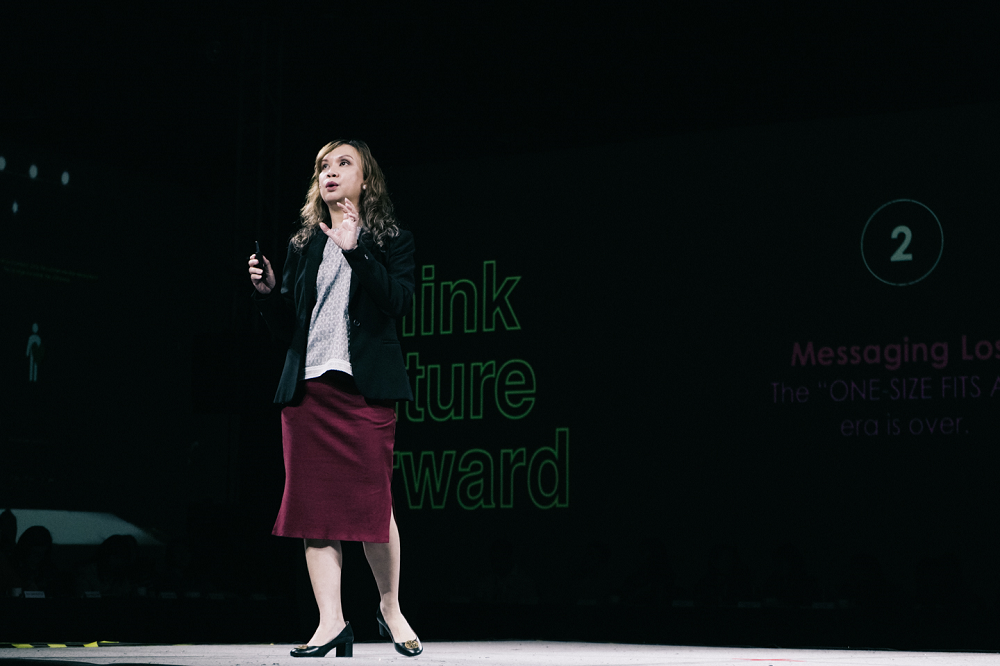
As the last speaker of the forum, Domingo talked about how advertising can be made more powerful. He recommended turning the product into human benefit.
“The more we create artificial intelligence,” he said. “The more we long for real emotion.”
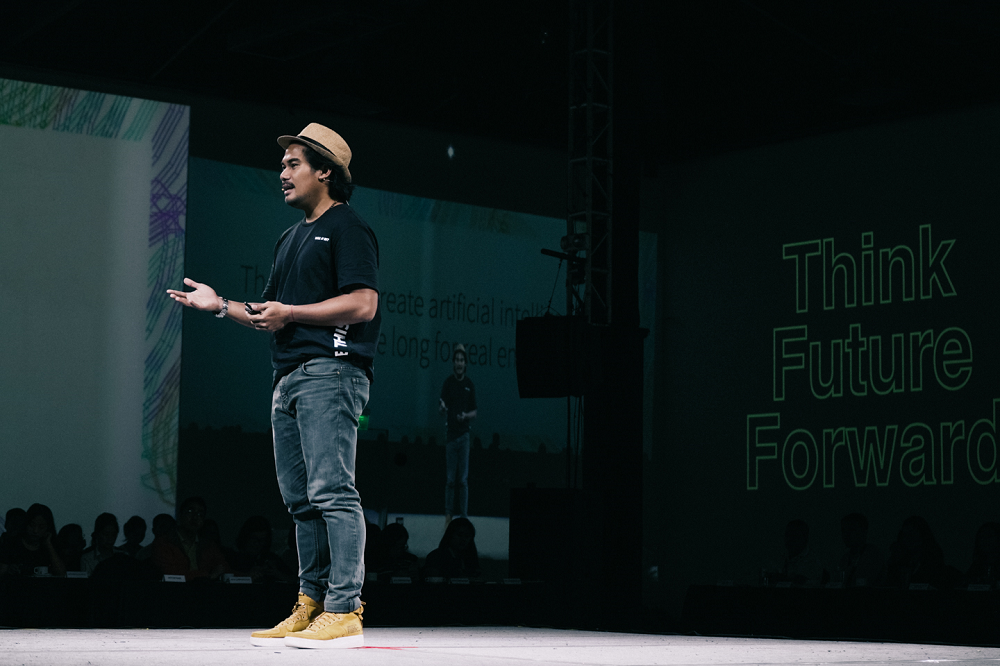
The forum invites everyone to think future-forward. It invites brands to better understand sei-katsu-sha and Assistive Media. Only with this understanding will brands be well loved and successful, resulting in being recommended by the Assistive Media to the sei-katsu-sha.
End article







